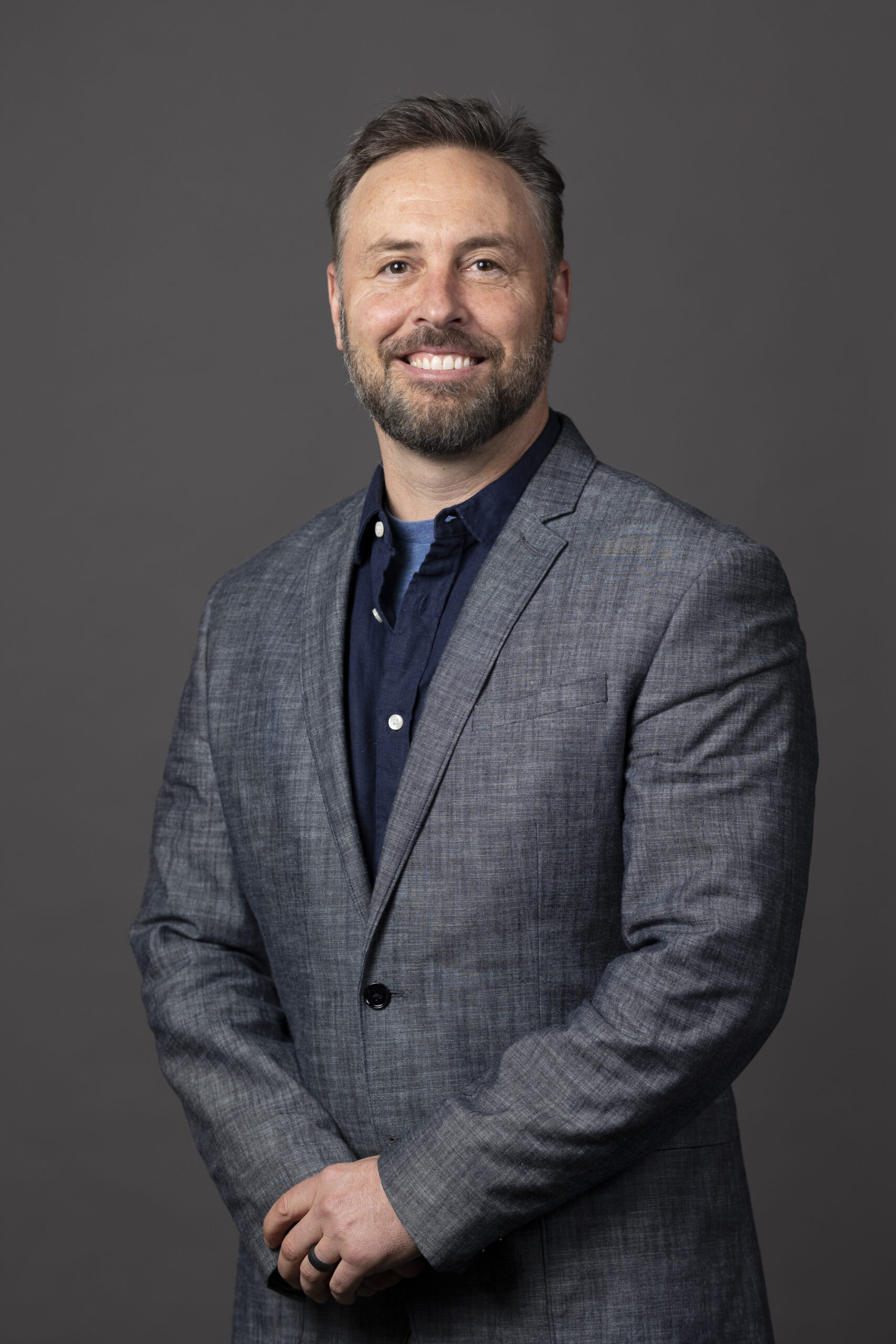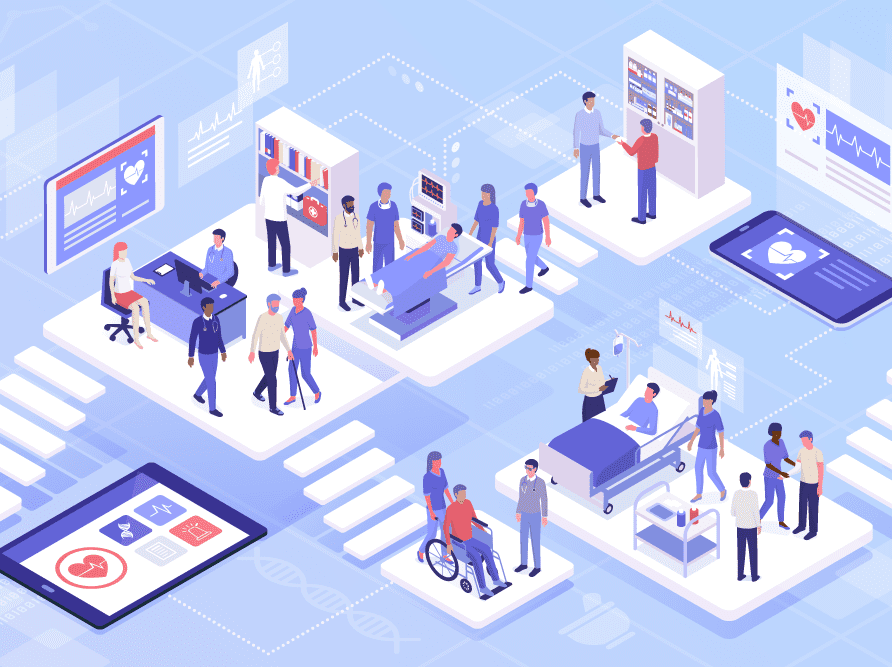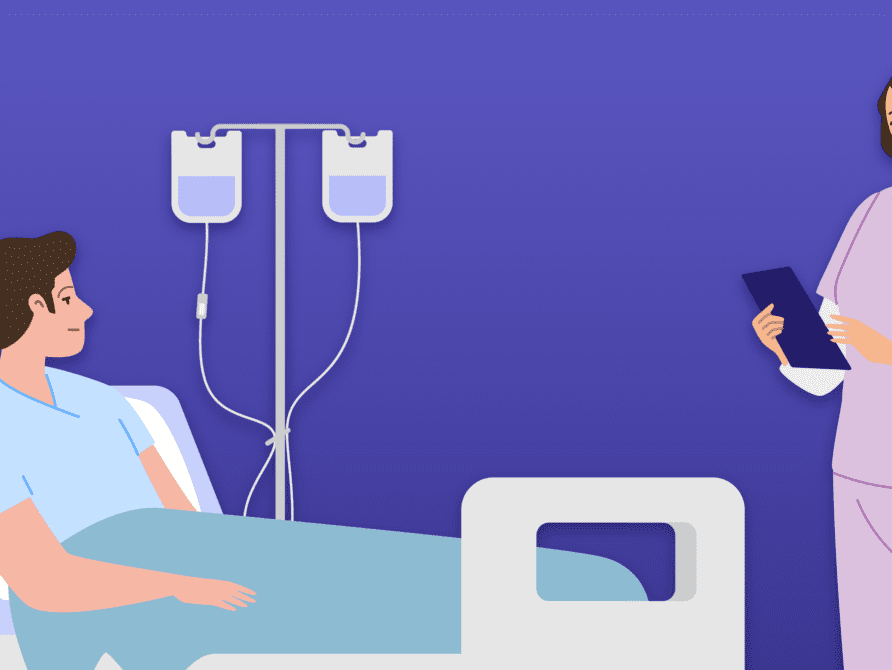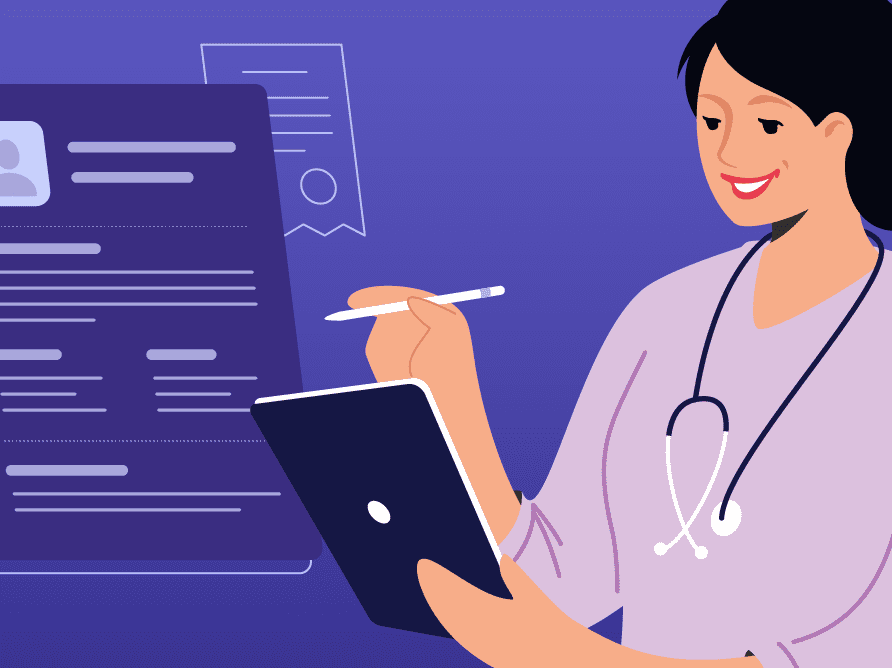Article
Stop clicking. Start using generative AI.
It’s nearly impossible to go a week without catching a story online or in the news about generative artificial intelligence (AI) like ChatGPT. As with other AI innovations that came before it, generative AI raises questions about the future of work and job security across a variety of industries. But what if, instead of taking people’s jobs altogether, generative AI could take on some of the aspects of jobs that people like the least?
We are exploring this question at Altera Digital Health as it relates to clinical documentation in the electronic health record (EHR). I’m particularly excited about the potential here given my background in medicine as well as my career in healthcare IT development. Here’s what you should know about generative AI and how it can improve provider workflows.
“I’m all out of clicks”
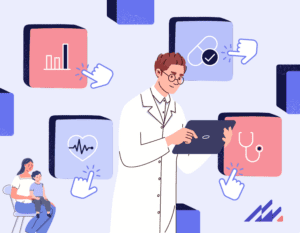 It’s no secret that the digitization of medicine has added unintended consequences to the daily work of providers. One study estimates that physicians use EHRs for more than 16 minutes per clinical encounter. Over the course of a single shift, this often equates to hundreds, if not thousands, of clicks. This dynamic can detract from the patient-provider relationship if a provider is looking at a computer or mobile device for most of a patient visit. Additionally, physicians using EHRs spend nearly two hours, on average, completing their documentation after hours. It should come as no surprise, then, that providers are burned out, frustrated by productivity obstacles and tired of poor user experiences with EHRs.
It’s no secret that the digitization of medicine has added unintended consequences to the daily work of providers. One study estimates that physicians use EHRs for more than 16 minutes per clinical encounter. Over the course of a single shift, this often equates to hundreds, if not thousands, of clicks. This dynamic can detract from the patient-provider relationship if a provider is looking at a computer or mobile device for most of a patient visit. Additionally, physicians using EHRs spend nearly two hours, on average, completing their documentation after hours. It should come as no surprise, then, that providers are burned out, frustrated by productivity obstacles and tired of poor user experiences with EHRs.
Clinical note authoring shouldn’t be this much of a burden—and newer technologies mean it won’t have to be much longer. Some healthcare organizations have been leveraging voice-to-text solutions so providers can simply dictate a note instead of typing it. Ambient listening dictation solutions take this a step further by detecting different voices in the exam room, capturing what the patient and provider say, and summarizing it in the note to help to facilitate a more natural conversation.
Once the note authoring is complete—whether using dictation tools or simply typing it in—that’s where generative AI comes in. Leveraging natural language processing (NLP) and reasoning capabilities, these solutions extract data from the unstructured note and populate its various datapoints within clinical templates and forms.
This not only reduces the time taken to transfer information, but also minimizes errors that can arise from manual data entry. These AI-driven processes are designed to understand the context, semantics, and nuances in dictated notes, ensuring a high level of accuracy and consistency.
Key considerations for generative AI in healthcare
Saving providers time, reducing administrative burdens and improving patient–provider interactions are no-brainers, but there are challenges to be aware of when considering generative AI. These are some of the things that are top of mind at Altera as we work to bring these capabilities into our solutions:
- Data security and compliance. Ensuring patient data remains secure and adhering to regulations like HIPAA are critical.
- Learning curve. Even when a new solution enables big improvements, there is often a transitional period as users learn and adapt to their new workflows. Having a technology partner ready to guide your organization can help ease the process.
- Cost management. Between thin operating margins and competing priorities across your organization, investing in new technology isn’t always an easy decision. That’s why Altera aims to strike the right balance between delivering advanced solutions and maintaining financial feasibility.
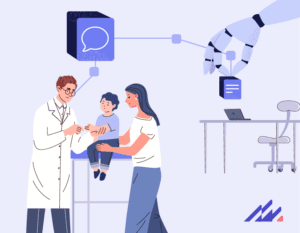 The future of EHRs will combine technological prowess with human touch. Altera is driving toward this vision to put our clients on a path to elevated healthcare experiences for all.
The future of EHRs will combine technological prowess with human touch. Altera is driving toward this vision to put our clients on a path to elevated healthcare experiences for all.
Looking for more ways to enhance provider workflows? Download our productivity guide here for additional strategies your organization can leverage to shift focus back to what matters most: the health of the patient.

